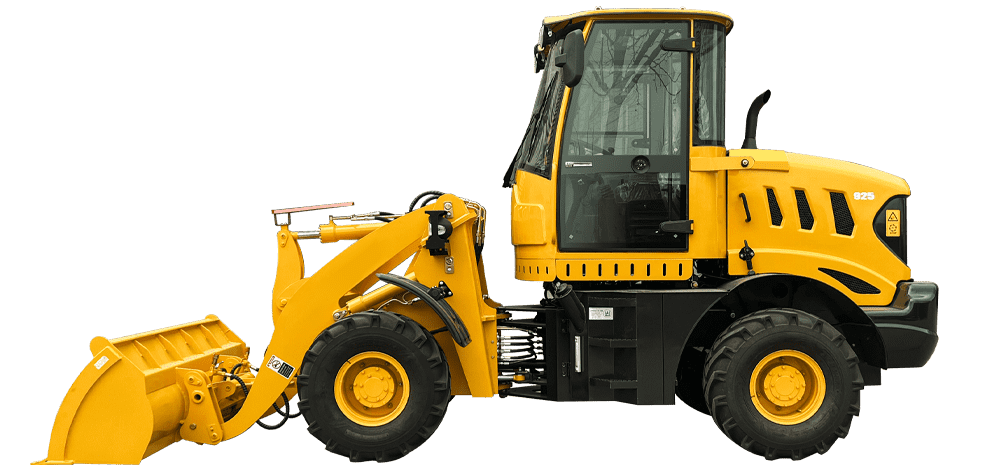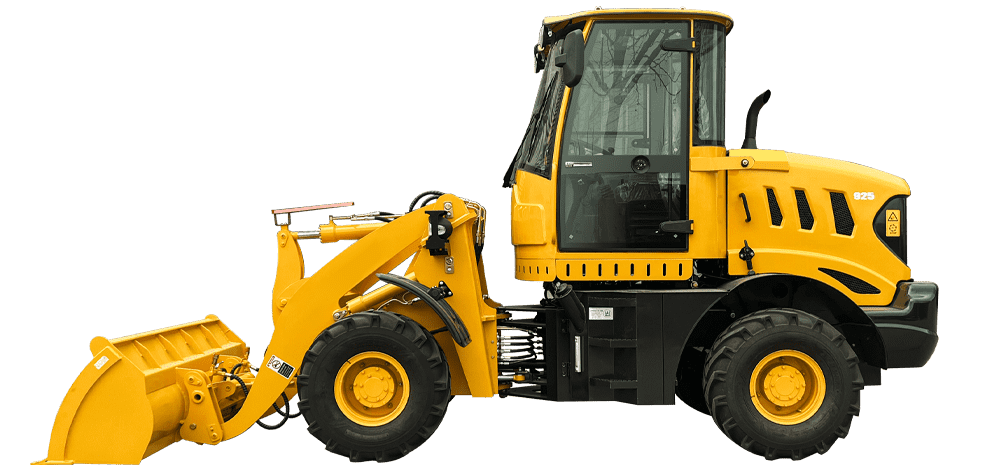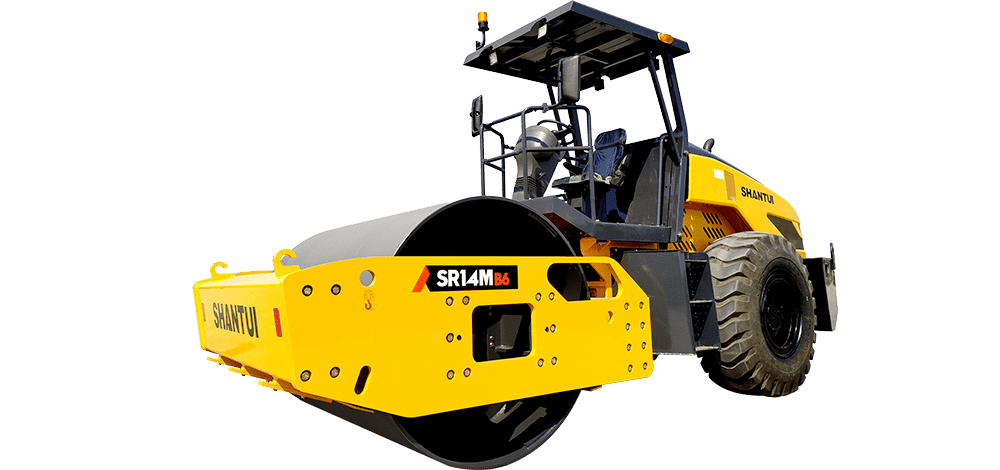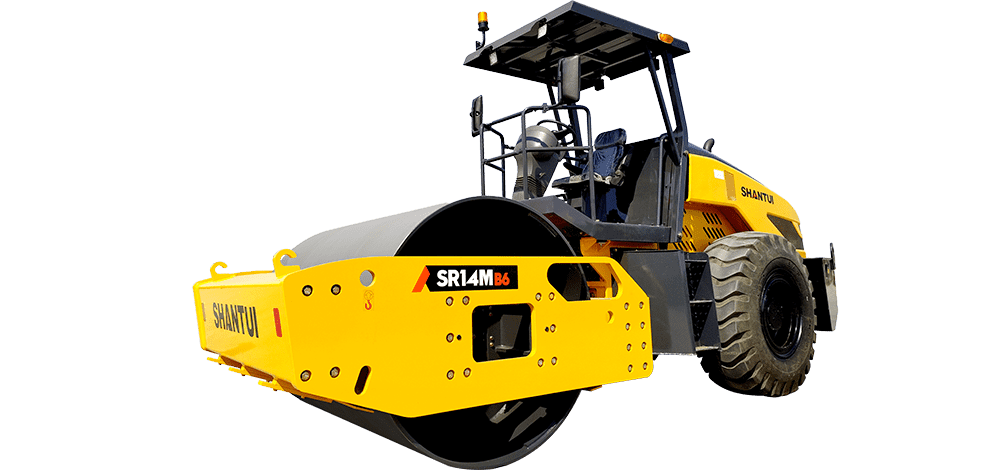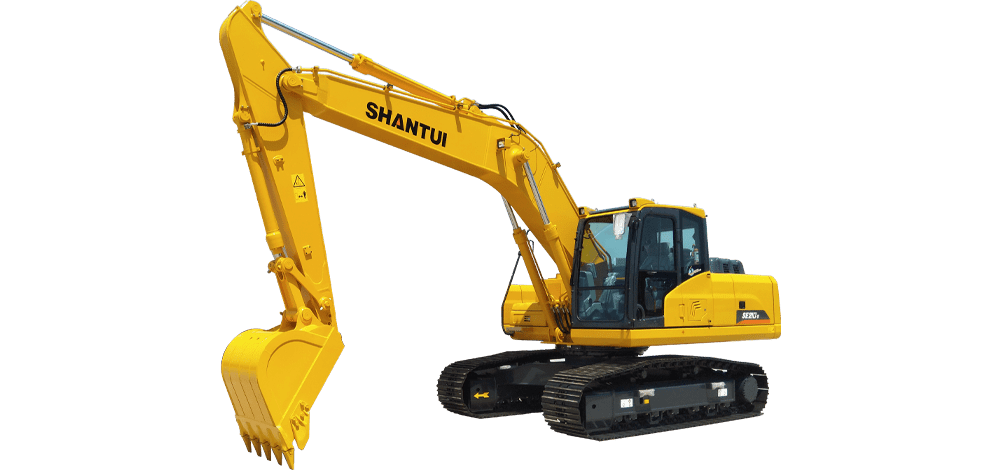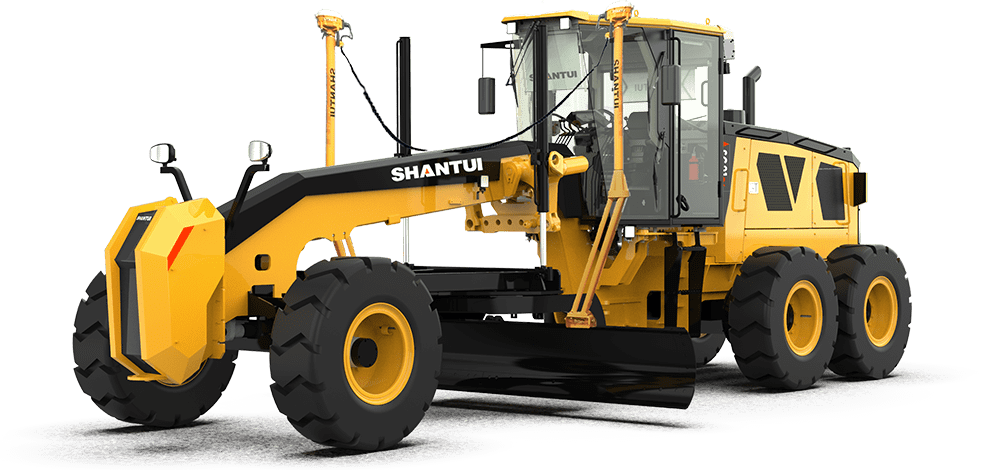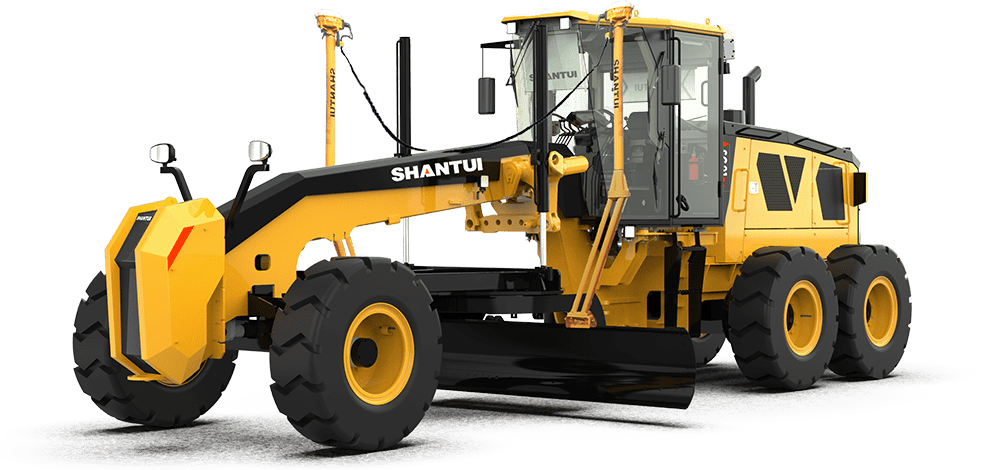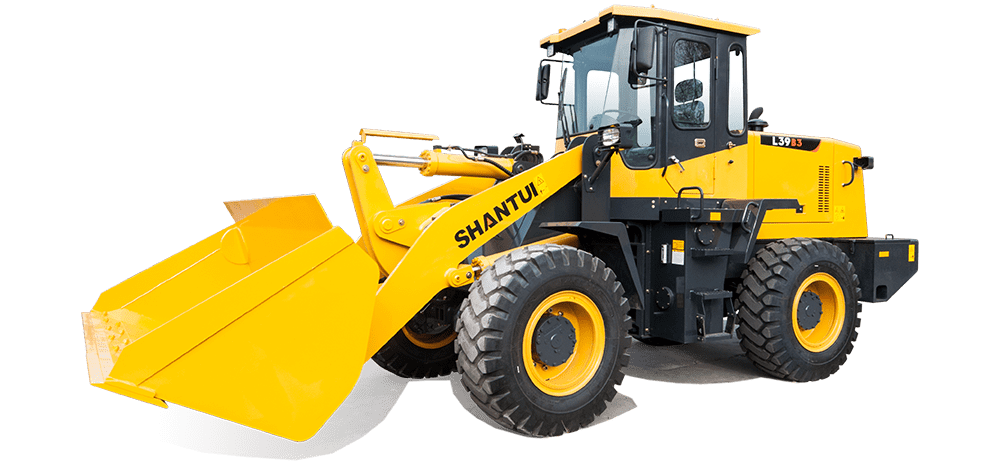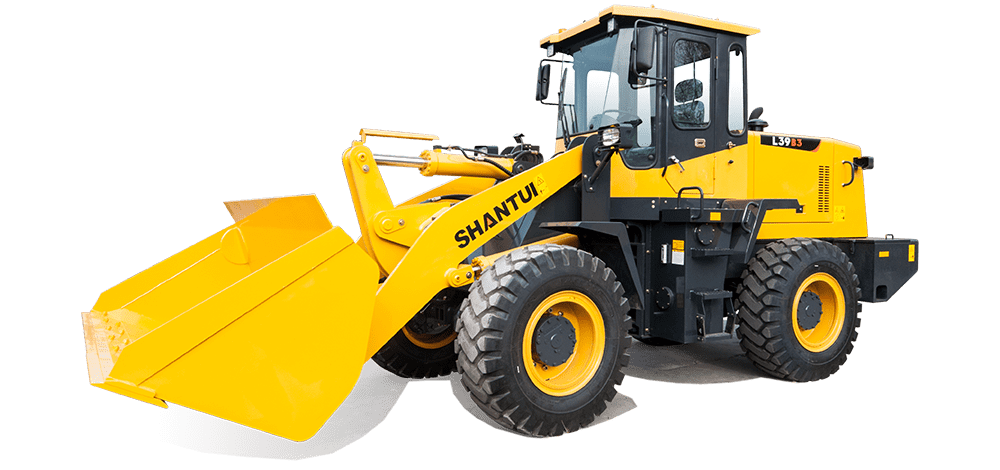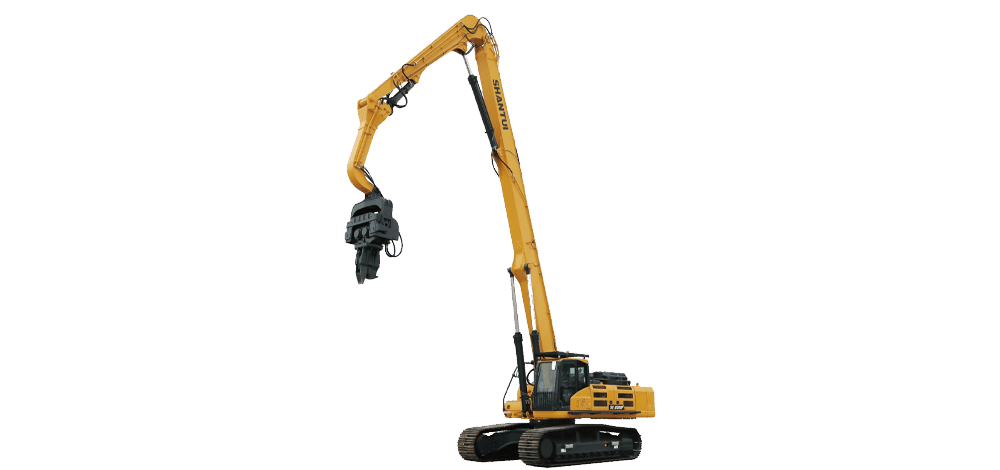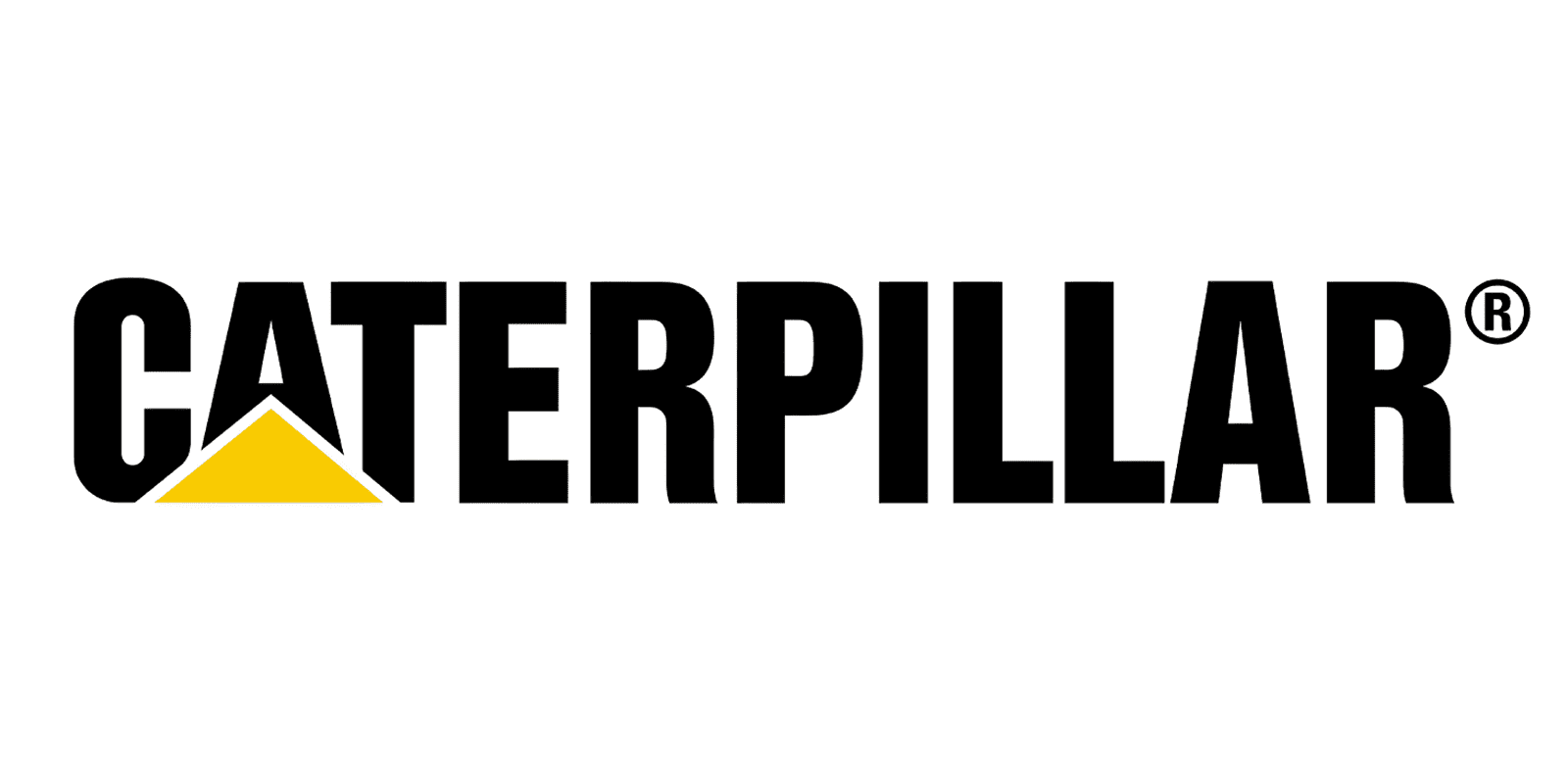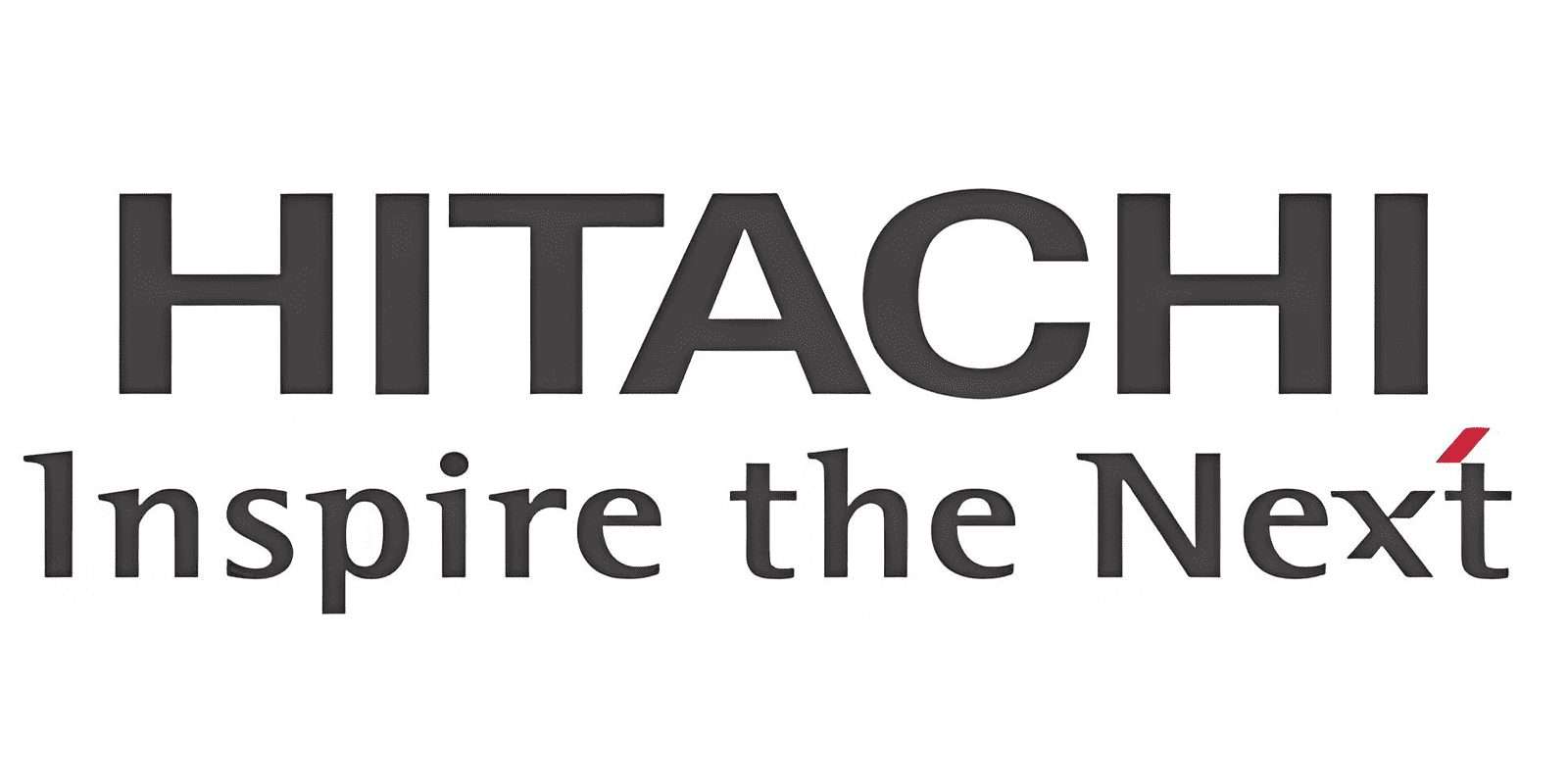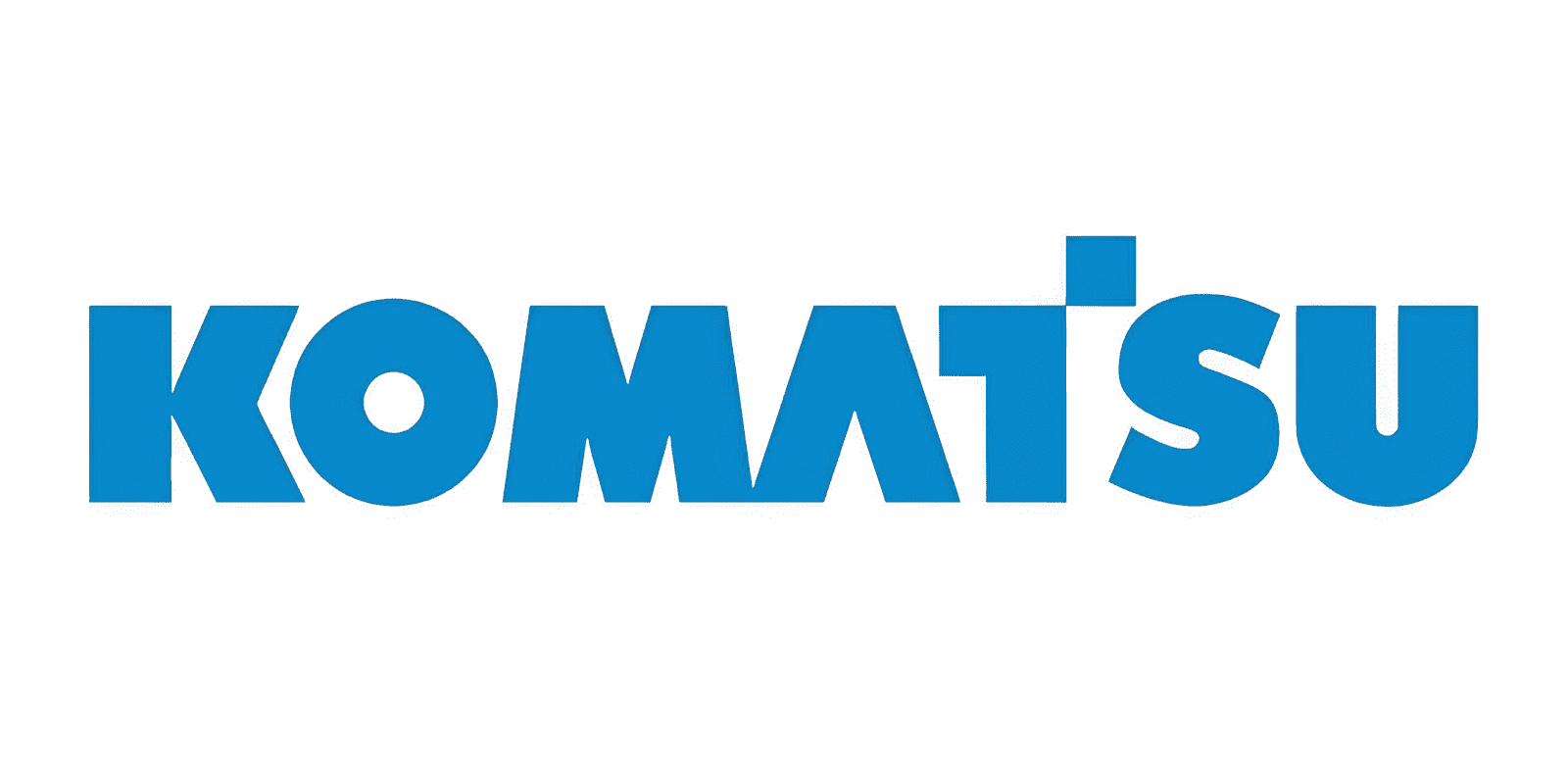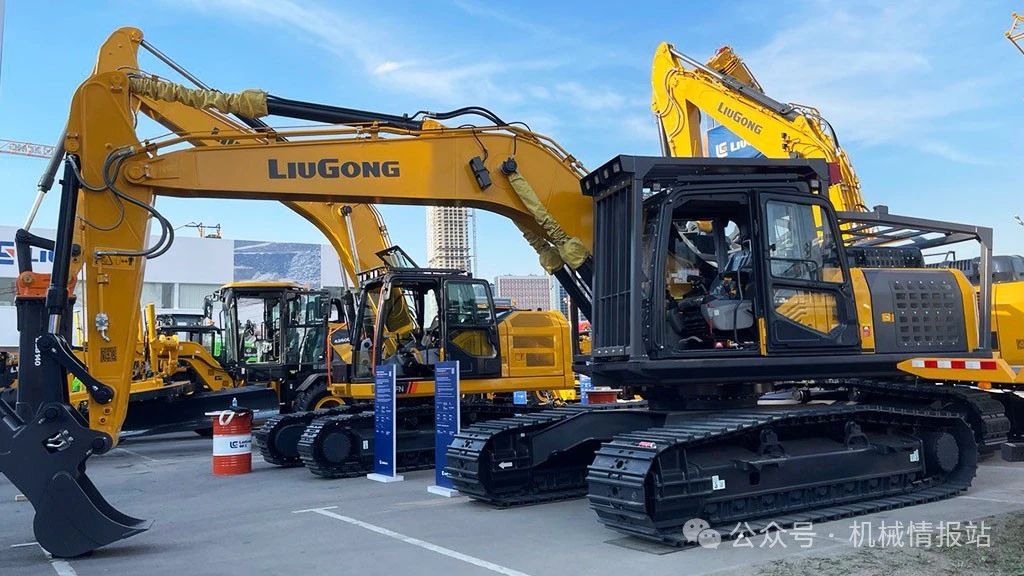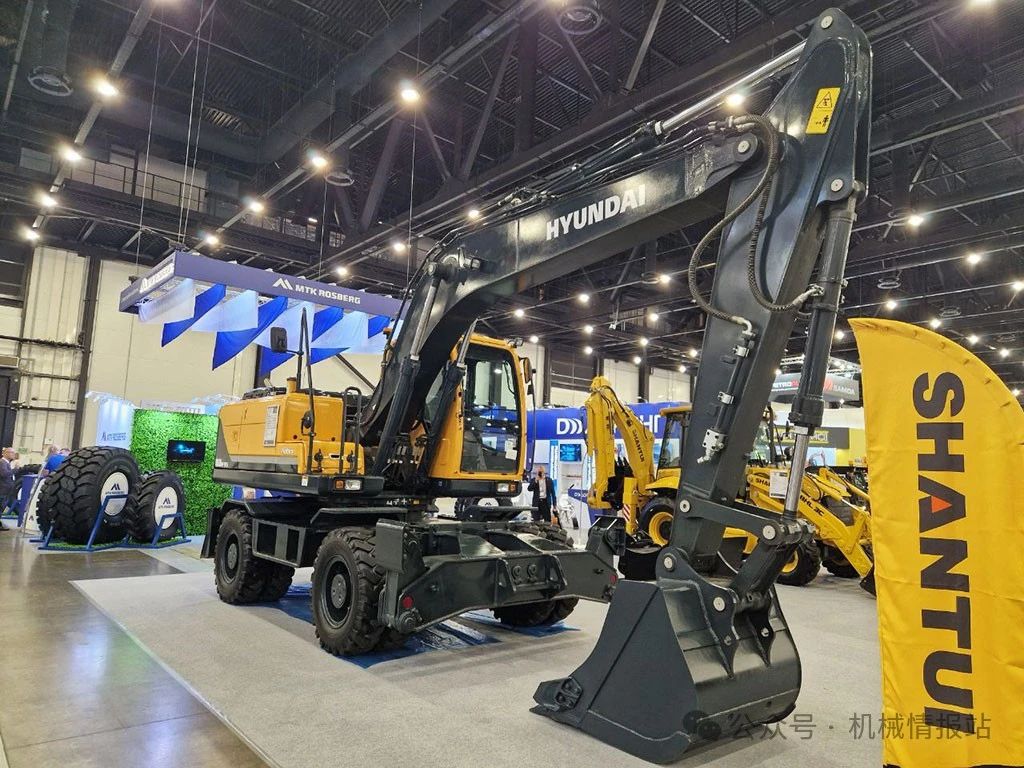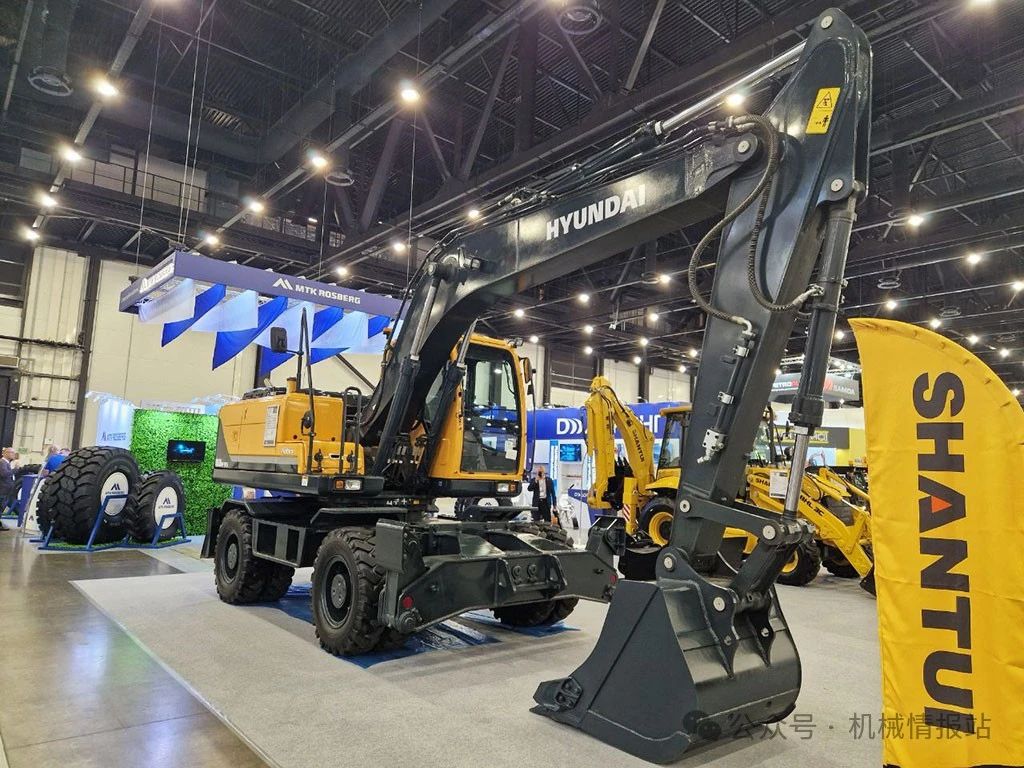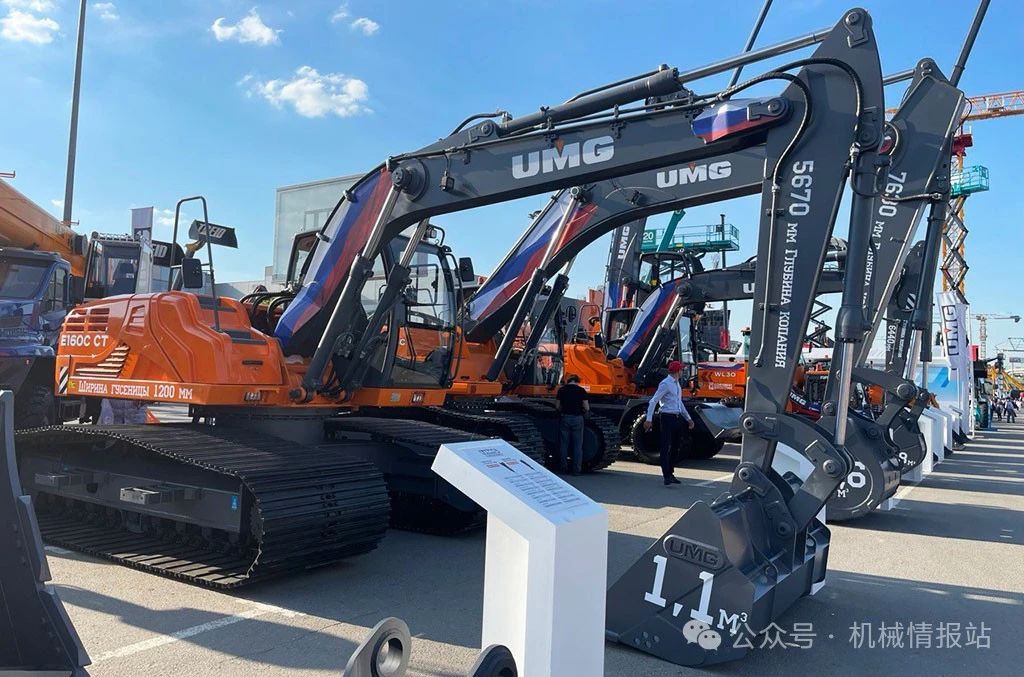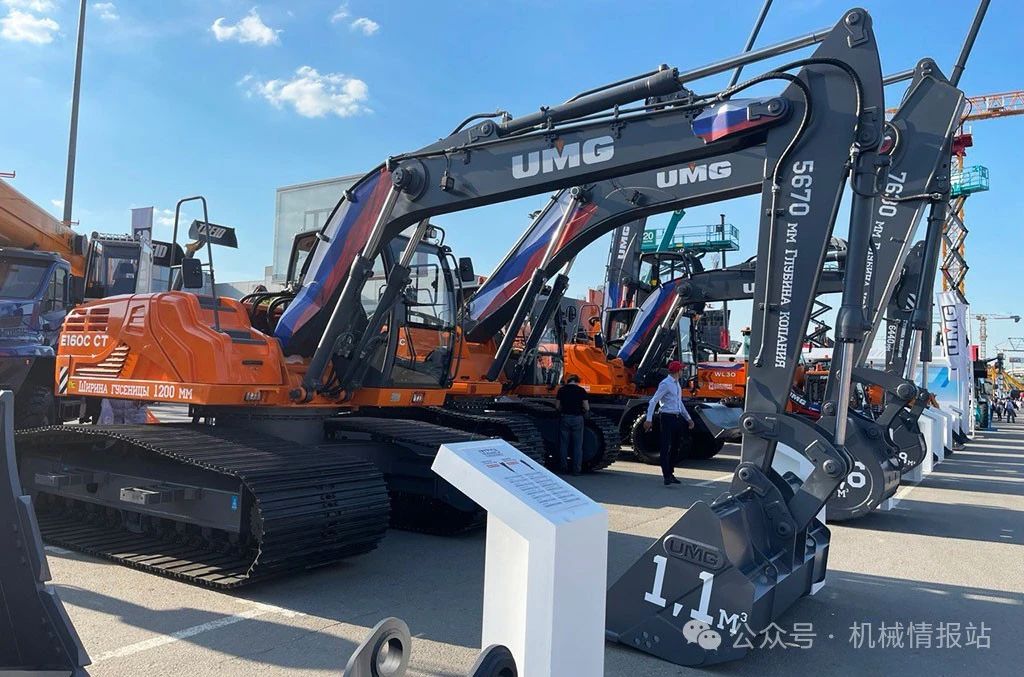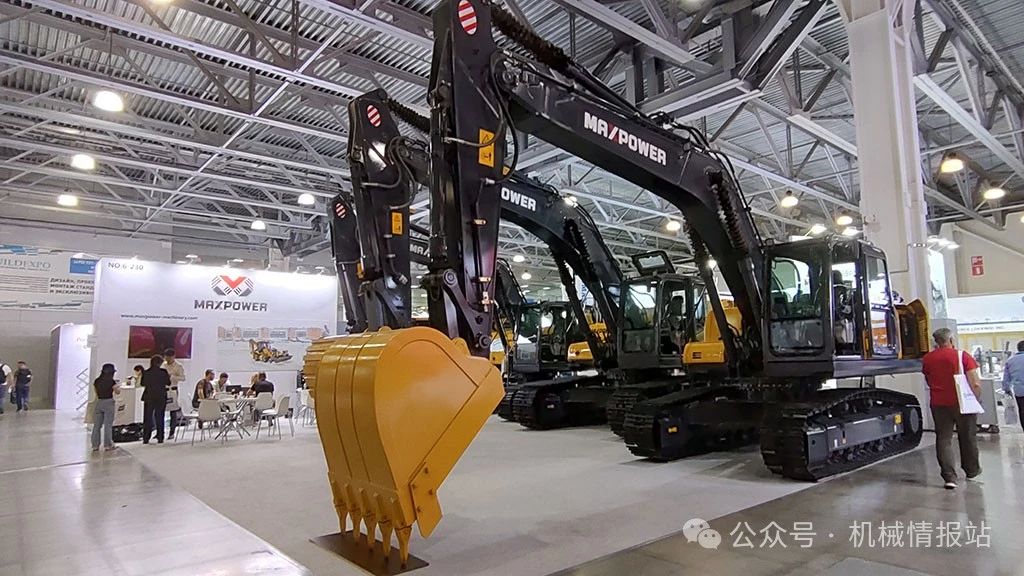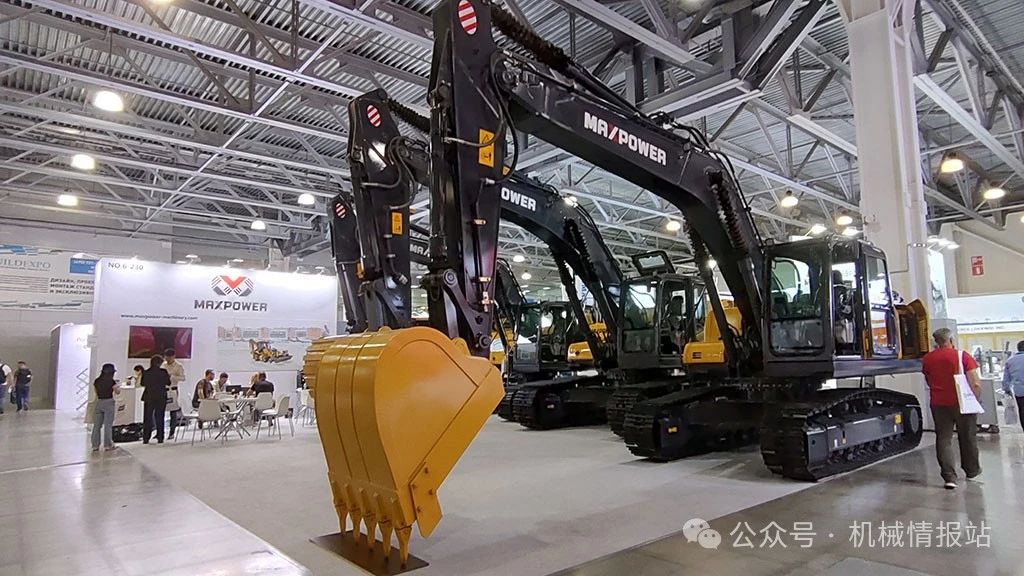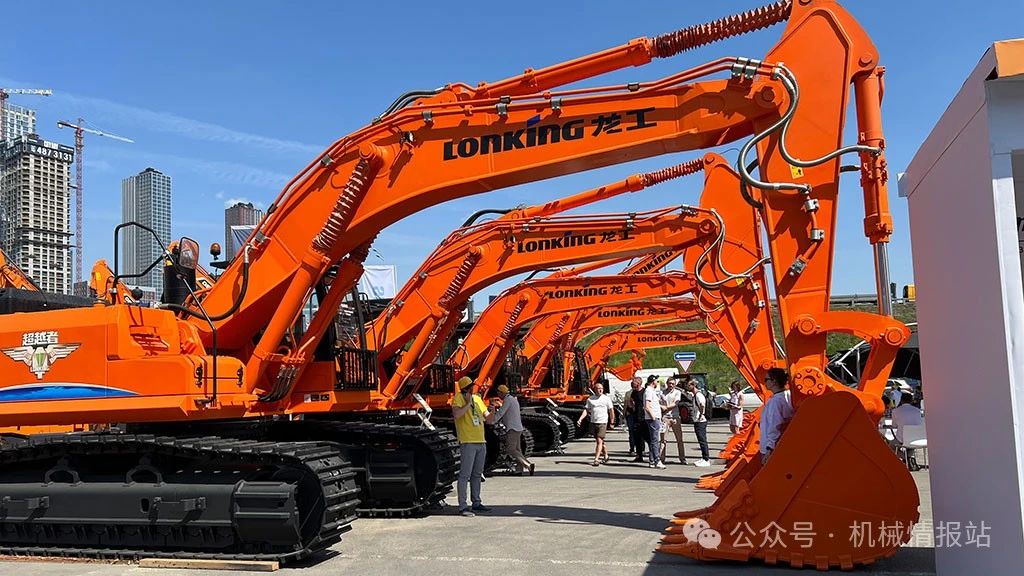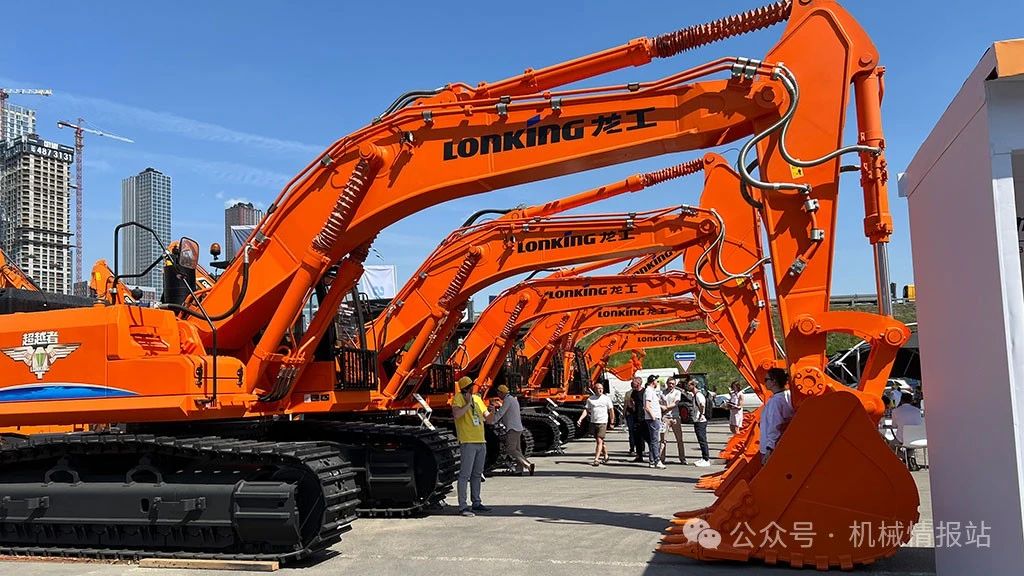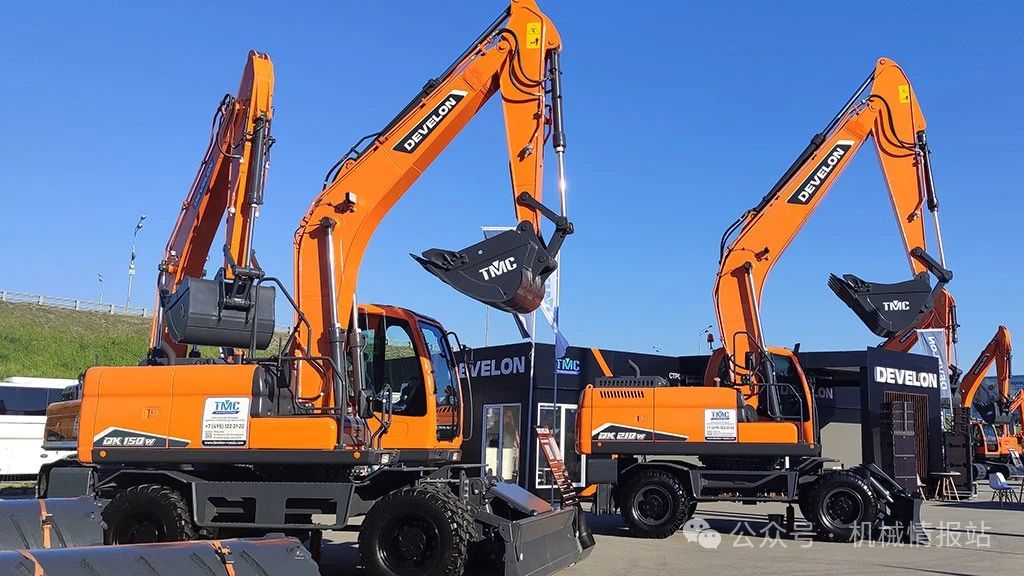Disclaimer: this article was originally published by Mechanical Intelligence Station. Source:
https://mp.weixin.qq.com/s/utjF9wQv-TO46_GCLwK4bA
In this review, we discuss the differences between excavators and have compiled advice on how to choose the best machine for a specific project. Our focus will be on medium tonnage excavator models. (Report excerpted and translated from the Russian Construction Equipment Site)
What are the main supplier countries for excavators?
China
The Russian earthmoving machinery market is constantly evolving, sometimes even dramatically so. After long being dominated by brands from Korea, Japan, Europe, and the United States—depending on the type and class of machinery—Chinese brands have now become the frontrunners on the supply lists. It is worth mentioning that excavators from Chinese brands are available for purchase, both with configurations familiar to Russians (complete with well-known branded components) and predominantly using Chinese brand parts.
Notably, the supply of Chinese excavators had been increasing even before 2022: About 600 units were supplied in 2021. But then a sharp increase followed. About 3,000 units of earthmoving equipment were imported in 2022, and 8,500 in 2023. Hence, one can now boldly rephrase the question of “which excavator to choose” to “which Chinese excavator to choose.” By the early part of 2025, there were about 30 different Chinese brand excavator products on the Russian market.
Korea
Korean excavators are well-known in Russia, and the supply from that country is ongoing. However, there’s a significant change: if previously the products were directly imported from Korea, they are now also supplied from assembly plants in China. According to manufacturers, there are no differences in configuration between the equipment assembled in Korea and China, but the cost reduction and decreased logistics expenses have had a positive impact on the price of Chinese-assembled excavators.
Belarus and Turkey
Supplies from some other countries also continue, including Belarus (AMKODOR) and Turkey (HIDROMEK). However, the supply is overall limited. It is worth mentioning that Turkish brand backhoe loaders are more well-known among Russian consumers.
Western brands
In 2022, Russian consumers became familiar with the term “parallel imports.” If initially it could be assumed that these were isolated supplies, subsequent market analysis indicated that the supply of construction machinery continued despite some brands departing the Russian market. Suppliers have given buyers the choice: either continue using familiar brands despite sharply increased prices and a lack of guaranteed post-sales service, or try new brands.
Sino-Russian brands
Another new trend is the production of construction machinery in China under the own brands of Russian suppliers. Through this method, market participants pursue several goals: to increase supply; better control the production and supply process as well as the quality of the final product.
Russia
As for production within Russia, the main issue that became more evident in 2022 is the lack of components or insufficient output. After production of earthmoving machinery stopped at the Russian factories of foreign brands, which used to be the main source of local assembly, there has been a long-term decline in the volume of earthmoving machinery. Nevertheless, Russian local companies did not stand still. Top projects by Russian manufacturers include:
- the UMG’s renewed line of wheeled and tracked excavators, with an increased localization rate. The group’s production base has completed modernization.
- Kraneks’ tracked excavator series began production in the spring of 2024 at the Komatsu Manufacturing Rus factory in Yaroslavl (under an agreement signed with the Japanese company).
- Chetra’s tracked excavators began production in partnership with Kraneks at the production base in Ivanovo since 2023.
- Professional tracked excavators, with assembly handled by a local manufacturer of attachments equipment in Russia.
- DST-Ural’s excavator localization project, planned for implementation from 2025 to 2029.
- Rostselmash’s venture into the construction machinery field, announced in 2021. It was initially announced that excavators would enter the product line following the company’s launch of telescopic and front loaders and backhoe loaders.
Basics of Choosing an Excavator
To choose an excavator correctly, one must clearly understand in what construction or utility work it will be used and for which projects. There is no universal answer as to which excavator is better. Even the lifespan of special equipment is not always the standard: for some, it is more important that a particular model achieves a return in a shorter time rather than its long-term usability potential.
It is well-known that in the city, wheeled excavators are more suitable, while in off-road conditions, tracked excavators are irreplaceable. We hope that there is no need to discuss in detail here (there are many reviews about the differences between the two types of excavators if needed). But it should be added that wheeled excavators usually don’t compete with tracked excavators but rather with more versatile but less efficient backhoe loaders. Here, everyone can decide for themselves which is more suitable.
If you have already determined the chassis type, then there may be many further criteria for choosing a hydraulic excavator. In addition to the most obvious indicators (operating weight, power, digging depth, and fuel consumption), models may differ in, for example, cycle work times, movement precision, quality of visibility, compatibility with loading vehicles, etc. Furthermore, the following criteria can also be included in the top standards:
- operator comfort.If in the past many owners of construction machinery ignored this factor, today most understand that the operator’s comfort directly affects the efficiency of the work. This can be demonstrated by the fact that many options (joysticks, air conditioning, pneumatic suspension seats, etc.) have transitioned from additional options in supplier catalogs to standard equipment. For example, today’s standard solutions, such as replacing the lever with a joystick, can increase the speed of loading a dump truck by the excavator operator by 10-20%.
In general, modern models (compared to previous generations of equipment) have more advanced control systems. Now there are not only several standard engine and hydraulic system working modes—such mode switching is done automatically, which lessens the demand for operator skills. In many cases, leveling systems and other solutions to assist the operator have become standard. And the next level of development—remote or unmanned operation—has entered the realm of advanced technology.
- The simplicity of maintenance.The faster and easier the maintenance, the more likely it will be carried out regularly and of high quality. Yes, there are still differences between excavators in this regard. When comparing models from different brands, the following standards can be referenced: grouping of maintenance points, accessibility, recommended maintenance intervals, the presence of maintenance-free parts, remote information processing, and onboard self-diagnosis systems. In addition, it is important to know the availability of spare parts in Russia and (as the supply of Chinese equipment expands) the frequency of changes to these part numbers. Stability is not a characteristic of all Chinese brands.
- Modern solutions offered by manufacturers can prevent downtime and repairs of expensive special equipment. These include systems to prevent collisions with obstacles; systems to warn of overload and machine tipping risks; panoramic view systems, among others. At the same time, besides the high-end options, there are some very simple solutions that not all buyers give enough attention to. For example, installing lights on the front and back of the body can significantly simplify the workflow.
- External dimensions.This parameter is especially important when working in confined spaces, but not only. A separate class of excavators are those models that do not require special permits for transportation on public roads, which will be very useful if you need to change the location of the equipment frequently. These machines are easy to transport but have lower efficiency due to the reduced chassis. However, the cost of both types of excavators is roughly the same. This drawback can be compensated by installing heavier counterweights to increase the weight of the machine.
Which excavator is better? Other options.
Manufacturers often offer construction machinery in several configurations. In addition to various options such as more comfortable seats, additional attachment equipment, or lighting devices, choices for the main structural components may also be available: engines, gearboxes, hydraulic systems. It is common for buyers to choose the brand of a particular component (one of two or three) or its type (simpler construction or more modern solution). Additionally, the engines provided may differ slightly in power and have different environmental compliance levels. The base version of excavators may be suitable for different temperature ranges—confirm what configurations are included and which require extra payment. If it is expected to work in temperatures as low as -50°C, then an “Arctic kit” needs to be ordered, which includes a double-glazed cabin, independent heater, high-capacity battery, and components made from special materials. Considering that construction workers do not always comply with the prescribed restrictions, many manufacturers have already strengthened the components of earthmoving machinery in their base configurations: chassis, work, and attachment equipment. But these can also be ordered separately. For certain types of work, you may need an excavator with additional protection for the front window, bodywork, and/or tracks, increased counterweights, reduced rear overhang, wear-resistant or rubber track plates, increased ground clearance, and improved filtering systems. Other examples of some options include a centralized lubrication system, automatic fire extinguishing system, and onboard weighing system.
How to choose the tracks?
The chassis forms a separate group of option components. Manufacturers often give buyers a choice of track pad widths: in addition to the standard width (600 millimeters), narrower or wider track pads can also be selected. There is also the option to extend the chassis.
For instance, versions designed to work in swamps are equipped with 900-millimeter-wide track pads, which can significantly reduce ground pressure. These pieces of earthmoving machinery perform better and more efficiently in tasks such as constructing coastal defenses, clearing waterways, and dredging operations.
An interesting note is that a distinct category consists of swamp excavators or amphibious excavators that can move directly on open swampy terrain. But these are unique machine types, not just options from a series of machinery manufacturers. Companies dedicated to amphibious machinery use the upper parts from other brand machines (opting for extended working equipment versions) and install them on pontoon-tracked undercarriages. The pontoons have sealed air chambers themselves.
Working and attachment equipment options
Usually, numerous for mid-range hydraulic excavators, with several different lengths of arms and booms to choose from. There may be a few options or a complete set of equipment for selection. Moreover, it’s possible to find third-party manufacturer extensions for the working equipment to be attached to the boom. When selecting specific configurations, it is necessary to analyze work area diagrams with different arm and boom combinations, to compare parameters such as maximum digging depth and loading capacity:
- extended working equipment can increase the working radius while reducing digging force and lateral boom position capacity. Lighter buckets or additional counterweights may also need to be installed to enhance machine stability. Such configurations are used for dredging, water body cleaning, river cleaning, roadbed, and slope planning.
- Shortened working equipment (boom and arm or just the boom) can achieve greater digging force and allows for the use of larger capacity buckets and more attachment equipment. Furthermore, such equipment has higher stability and shorter working cycle times.
An interesting fact: when comparing the options for working equipment in a well-known manufacturer’s product line, the data shows that the digging force differs by about 50 kN between short and long working equipment, and bucket capacity differs by 0.3 cubic meters.
A separate set of working equipment possesses telescoping capabilities. Some manufacturers continue to produce telescopic excavators based on automotive undercarriages (just like mobile excavators with regular arms), but such equipment is generally considered highly specialized. Additionally, if one looks carefully, one can find solutions replacing standard booms on tracked machines with telescopic booms that can increase digging depths up to 30 meters.
Manufacturers typically provide a variety of bucket options as well. Buyers should remember: larger capacity buckets do not necessarily mean higher efficiency. Under certain conditions (heavy or wet soil, equipment situated on uneven surfaces), an excavator might not be able to fully load the bucket. Furthermore, a larger capacity bucket also means a heavier bucket, adding to the front load of the vehicle.
When there is a need to further expand functionalities, earthmoving machinery can be equipped with special attachment equipment, such as narrow buckets, hydraulic hammers, grapples, etc. Although the options might not be as numerous as for universal mini loaders, they are still plentiful. Brand attachments or those from third-party manufacturers can be used. However, a few principles must be followed:
- The base machine size should match the size of the attachment equipment (generally speaking, the shorter the arm and boom, the more attachment options there are).
- The flow and pressure indicators in the excavator’s hydraulic circuit should fall within the range specified by the attachment equipment manufacturer.
Furthermore, connecting complex machinery may require additional hydraulic lines. The presence of a quick attachment changing system (quick coupler) is also beneficial, but keep in mind that this equipment will further increase the overall weight of the structure.
An interesting fact: a separate group is formed by models designed for the demolition of high-rise buildings and structures. The working equipment for such an excavator can be two or three-sectioned (in the latter case, including a long straight arm, a short-to-mid boom, and a long boom). The arm extensions can be detachable. Additional requirements for the equipment include higher power, enhanced stability via additional counterweights and expandable undercarriages, more robust cabin protection, and cabin tilting functionality.
Innovative and specific task solutions
One of the latest trends involves the use of more efficient and environmentally friendly solutions in construction. Many companies from China, South Korea, and Russia are developing electric and hydrogen-powered excavators. However, the overall statistics indicate that the electrification trend currently is primarily relevant in the Chinese market. In Russia, there are still issues with the infrastructure for such machines. Even before developing fully electric versions, manufacturers started studying hybrid power special equipment. The idea is: hybrid equipment can accumulate energy under certain conditions and then use it to carry out individual operations.
A separate class of earthmoving machinery is for special solutions designed for specific tasks. This includes the demolition models and amphibious machinery mentioned previously. In this review, we also list several other examples:
- Trenchers (equipped with either chain or rotary working equipment for digging narrow trenches);
- Rail-road conversions using combined undercarriages.
Reloading machines and harvesters based on excavators (standard options for these developments could include lifting cabins or armored windshields).
Keywords:

